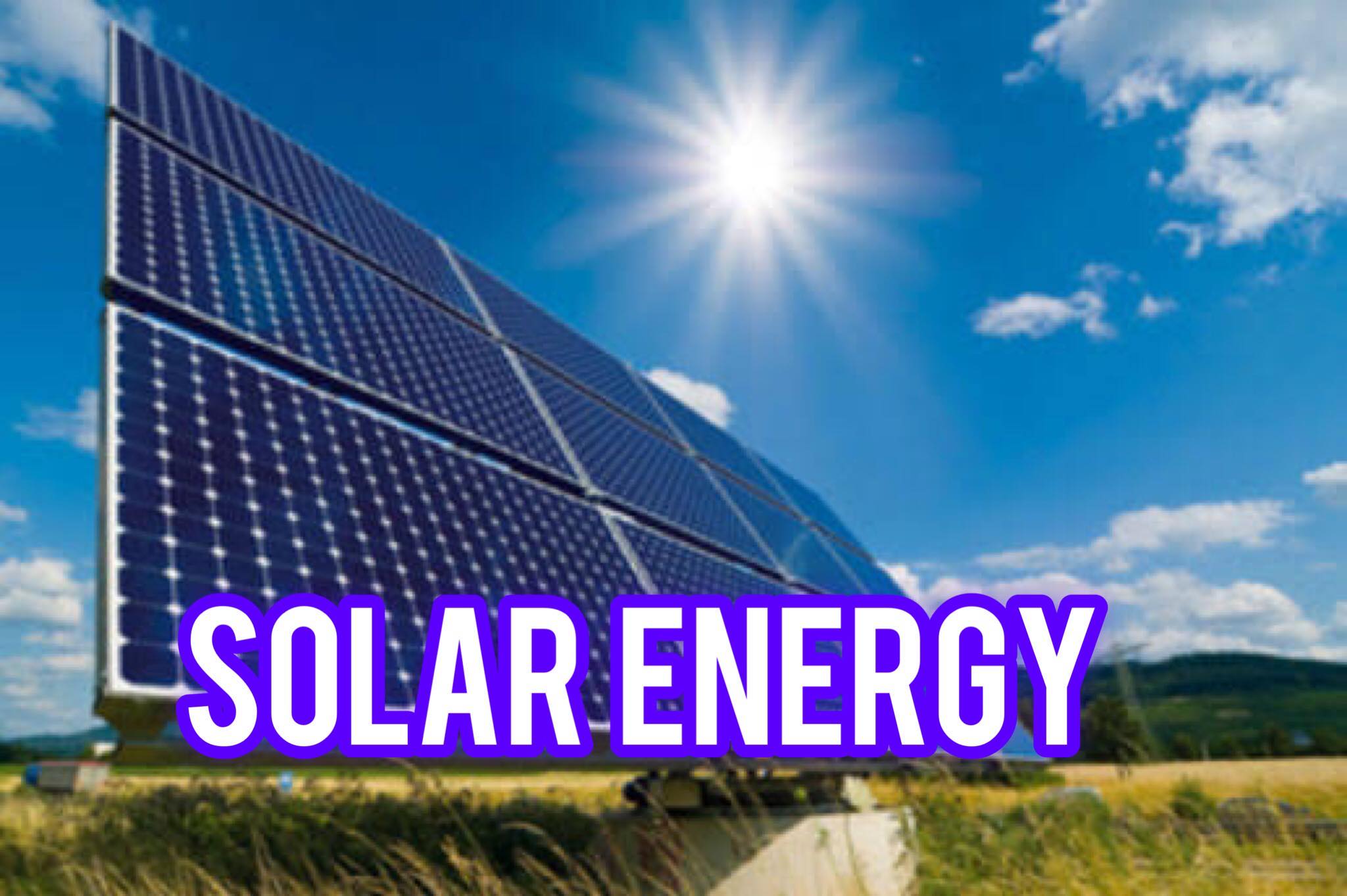Concentrating solar-thermal power technologies are the technology solar cells use to turn light into energy. CSP (concentrating solar-thermal power) systems employ mirrors to reflect and concentrate sunlight onto receivers that gather solar energy and convert it to heat, which may then be used to generate electricity or stored for later use. It is mainly utilized in very large power plants.
How Do Solar Cells Turn Light Into Energy?
Through a process known as photovoltaics, solar panels convert light into energy. The process of transforming light into electrical energy is referred to as photovoltaics. Solar panels have photovoltaic cells that use silicon, a semiconducting semiconductor, to capture photons (light particles) from the sun. A flow of electricity is produced when photons are absorbed by the semiconductor material and knock electrons loose from their atoms.
The electricity generated by this flow can subsequently be caught and used to power buildings or the electrical system, or it can be fed back into it. Solar panels’ conversion of light into energy is a clean, renewable, and sustainable method of producing power. The PV cells on a solar panel capture the energy from the sun as it shines on it. Electricity flows as a result of the electrical charges this energy generates moving in response to an internal electrical field in the cell.
The amount of sunlight that reaches the surface of the earth in an hour and a half is sufficient to meet all of the world’s energy needs for a complete year. Solar energy systems either use photovoltaic (PV) panels or mirrors to focus solar radiation to convert sunlight into electrical energy. This energy can be converted into electricity, or it can be stored thermally or in batteries.
What is Solar Cell
A solar cell, also known as a photovoltaic cell, is any device that directly transforms light energy into electrical energy using the photovoltaic effect. The vast majority of solar cells are made of silicon, which can be found in amorphous (noncrystalline), polycrystalline, and crystalline (single crystal) forms, with varying degrees of efficiency and cost. Solar cells do not use chemical reactions or require fuel to generate electricity, making them unlike batteries or fuel cells. They also do not have any moving parts, making them unlike electric generators.
Arrays are big collections of solar cells that can be arranged collectively. These arrays, which are made up of thousands of individual cells, have the capacity to serve as central electric power plants, transforming solar energy into electricity and distributing it to users in the industrial, commercial, and residential domains. Homeowners have put solar panels, also known as solar cells or just solar cells, in much smaller designs on their rooftops to supplement or replace their traditional energy supply.
Also Read: What Type Of Current Flows From An Outlet?
In some remote terrestrial regions where conventional electric power sources are either unavailable or excessively expensive to build, solar cell panels are also employed to produce electricity. The majority of space facilities, from communications and weather satellites to space stations, are powered by solar cells since they don’t have any moving parts that might need maintenance or fuels that might need to be refilled. Consumer devices like electrical toys, pocket calculators, and portable radios have all utilized solar cells. Such gadgets’ solar cells may use both natural light from the sun and artificial light from sources like incandescent and fluorescent lamps.
Is solar power a clean energy source?
Solar energy is a renewable, limitless source of energy that emits no harmful greenhouse gases. As long as the sun shines, energy will be released.
Solar panels have a very low carbon footprint since they can be used for more than 25 years without losing efficiency. Additionally, since more and more of the resources used to make the panels are recycled, the carbon footprint will continue to decrease.
When was solar power discovered?
Humans have been utilizing solar energy since the seventh century B.C., when they first used it to start fires by reflecting the sun’s rays off of shiny things. Later, in the third century B.C., the Greeks and Romans used mirrors to collect solar energy and used it to light torches for religious rituals.
The photovoltaic (PV) effect was discovered in 1839 by French physicist Edmond Becquerel, who was only 19 years old at the time. He was experimenting with a cell made of metal electrodes in a conducting fluid. He discovered that the cell was a photovoltaic cell, which meant that it produced more power when exposed to light.
What’s the difference between solar PV panels and solar thermal panels?
Solar thermal panels generate heat and solar PV panels, as stated earlier, produce electricity. The technology in each system differs, despite the fact that both use the sun as their energy source.
The photovoltaic effect, which occurs when a photon (the fundamental unit of light) strikes a semi-conductor surface like silicon, is the basis for solar PV. This process results in the release of one electron. Water (or other fluids) are simply heated directly by sunlight in solar thermal systems, which are less complicated. Solar thermal panels are also erected on roofs that face the sun for home usage. These panels heat water that is kept in a hot water cylinder, giving both hot water and heating. Solar thermal technology can also be applied on a greater scale in power plants.

Sage is a financial/consumer journalist and senior editor, personal finance, of TrendsHQ. EXPERTISE: Personal Finance, Careers, Jobs, Scholarships, and Entertainment.
